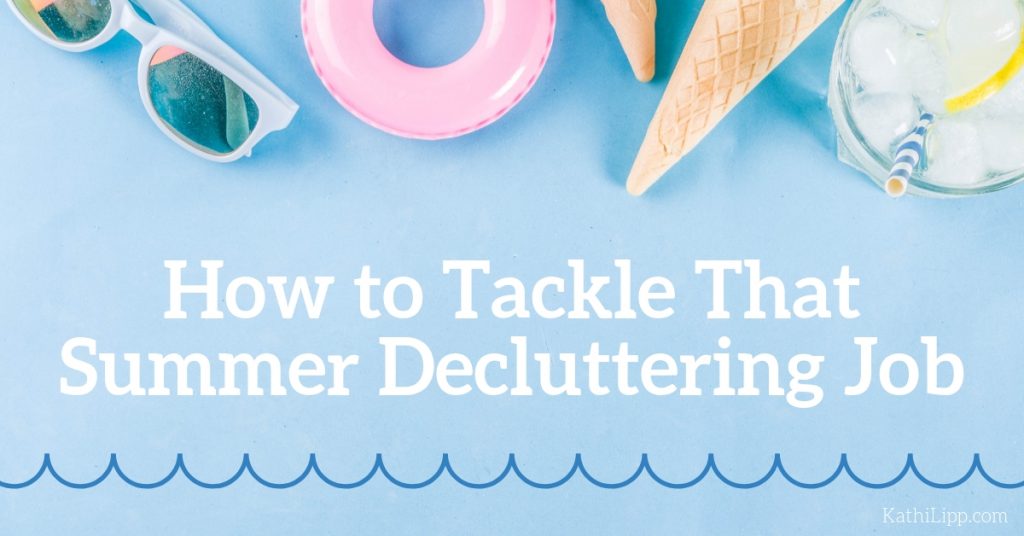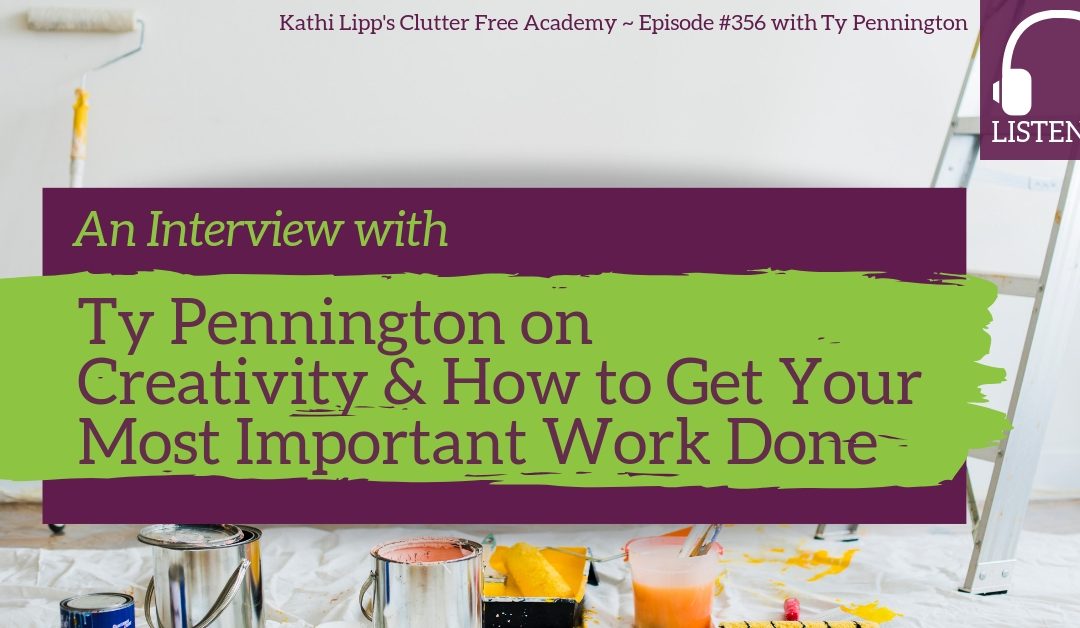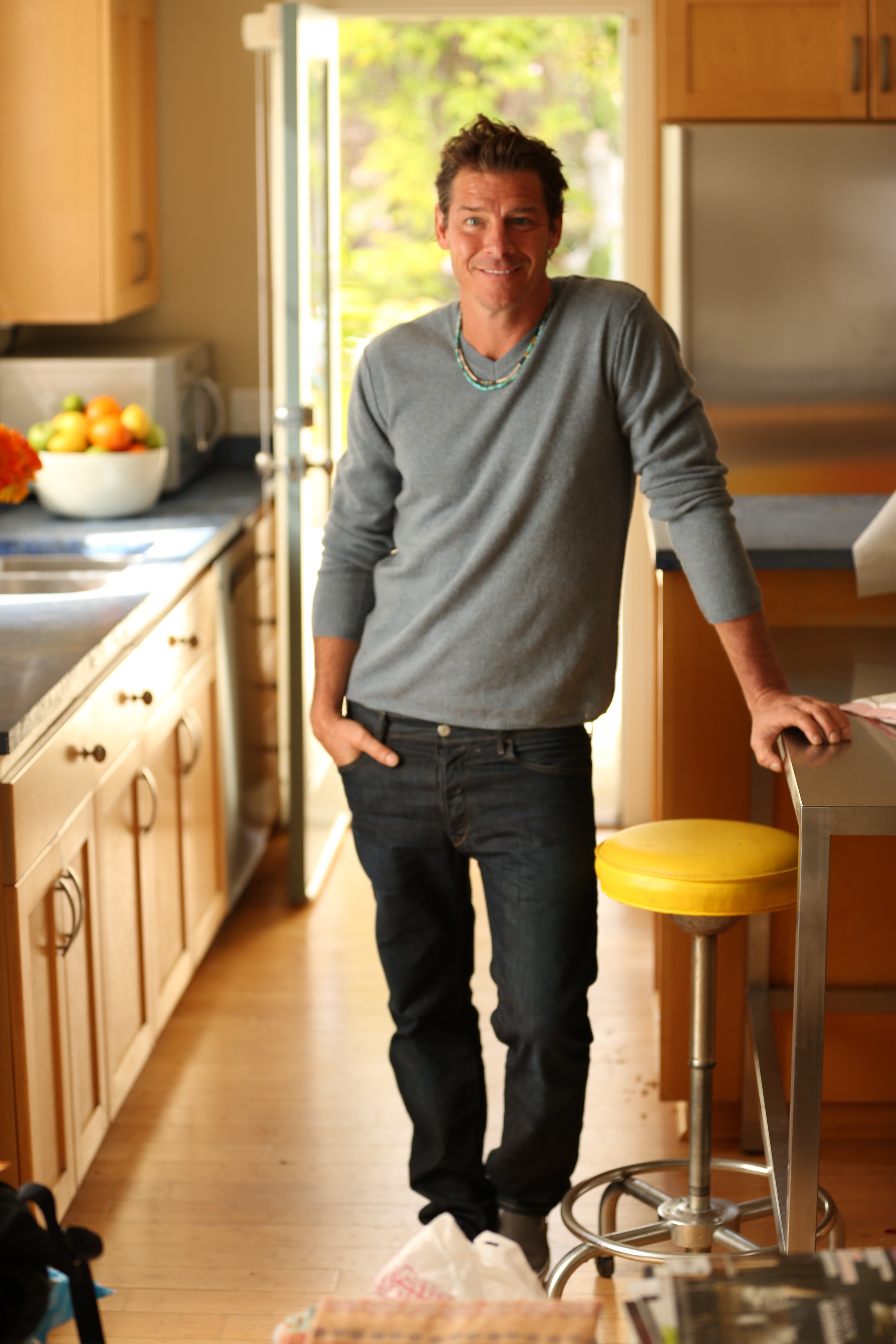
by Clutter Free Academy Team | Jul 8, 2019 | Clutter Free, Giveaways |

Every year when that big yellow bus pulls away for the last time, school children everywhere fly home with that exhilarated feeling of freedom. It’s time to toss away the backpacks and drag out the pool floaties and other hot-weather essentials.
Summer stuff, as I call it. Outdoor grilling, beach trips, and epic water gun wars make for a huge pile in the garage (on top of last year’s cornhole game, sports equipment, and the treadmill you plan to sell).
Or the looming family reunion that sends you up into the attic, digging through boxes to find photos for the slide show you’re in charge of.
And what about all the bins of clothing you stored last year, in hopes that your growing kids (or their younger siblings) could get some wear out of shorts sets and swimsuits.
Any of these projects can make you forget just how far you’ve come, even if your living room is 90% clutter free and you’re tackling that kitchen counter daily as part of your evening routine. But before you get discouraged, we’ve got five tips to help you keep your momentum going on your decluttering journey.
Be okay where you are.
There are a lot of shame-inducing circumstances we find ourselves in surrounding our clutter. Even if we’ve been decluttering for a long time, we can discover an area that’s overrun by stuff we no longer need, or stuff that goes someplace else, like all those boxes in the attic we stuffed there “for now” (years ago).
Or, perhaps during a busy season, we let our routines go and now we’re faced with having to re-conquer areas we had worked so hard to declutter. That one dresser that you let pile up, or the bin of toys in the playroom.
Whatever the reason for your dismay, the worst thing you can do is to allow shame to pile up like clutter. Be gentle with yourself as you assess your situation and accept it. Wasting time and energy beating yourself up takes away from your ability to remedy the situation.
Remember, all you have to do is set a timer for 15 minutes. You’ll be surprised at how much you can get done in that short time. Set a timer on your phone, and then rinse and repeat the next day, and the next.
Before you know it, that area will be decluttered and feeling like new again.
Set small goals.
Instead of dreading that big job in the garage, tackle one shelf or one corner. If we wait for a whole day to magically open up on our calendar for garage cleaning, we might see a couple different presidential administrations before it happens.
You want to choose an area that’s small enough to complete in 15 minutes. In some cases, that may be only one box, one drawer, or half of a shelf. If you have more than 15 minutes to work on it, great! Keep setting the timer until you’ve either finished that area or run out of time.
Accomplishing small goals adds up to big goals achieved. Task by task, decluttering a bit at a time will eventually lead to an entire closet or garage completely decluttered.
Remember your “why.”
Why did you want to declutter in the first place? Often there’s an event that makes a cluttery person finally decide to get rid of all their unnecessary stuff. It could be the death of a parent (and the clean-out process of that parent’s house), or it might be an embarrassing visit when someone appraised the dresser with raised eyebrows. (Ahem…Not that any of us here at Clutter Free Academy have experienced any of those things personally, mind you.)
We may have had a unique catalyst for our clutter-free journey, but one big reason for us all to keep at it is this: God created each of us for a unique purpose and getting rid of the clutter frees you up to do what He made you to do.
Celebrate your wins.
Who doesn’t love a good celebration? Looking forward to a fun moment (or three) when you accomplish a decluttering project will help you across the finish line.
If you’ve finished clearing off the game shelf and gotten rid of those Hi-Ho Cherrio and Chutes and Ladders (and your kids are in middle school), play a game your family still enjoys, maybe one you rediscover after reclaiming that space.
Or reward the kids with a trip to the pool for helping you bag up winter clothes that are too small. It doesn’t have to be a big deal—just something to mark the accomplishment.
Keep your 15-minute decluttering routines.
In the summertime, it’s easy to lose our school year routines. But the future you—the one packing next year’s school lunches and buying backpacks filled with #2 pencils will thank you for the 15 minutes you spend each day decluttering.
It may not seem like much, but your efforts add up to a big payoff.
Like Jen Babakhan says in her new book, Detoured, “All the little things you do over and over every day are seen by God. If you could watch your life like a movie on fast-forward, you would see that the dishes, laundry, books, snuggles, tantrums (by you or the children), and even the socks you pull out of the corners of the couch on a much-too-regular basis add up to a life of authenticity and love.”
Giveaway Time!

Thanks to our fabulous friends over at Harvest House, we are able to give a few of you a free copy of Detoured! 5 people will win a copy of Detoured!
And one Grand Prize winner will receive:
-
-
- Detoured
- Lunch Tote Bag
- Reusable Ice Packs
- Outdoor Blanket
Leave a comment below to be entered to win. What is the summer decluttering job on your list?
* Giveaway for US residents only.

by kathilipp | May 6, 2019 | Clutter Free, Kids, tips and ideas |

One of the most frequent questions we get at Clutter Free Academy is “What about my kids’ clutter?”
Conflict over clutter can damage any relationship over time, but it’s especially crucial to navigate this issue carefully with your kids, because what you teach them right now will impact their lifestyles as adults.
As parents, we want to empower our children to have the life skills they need to succeed. Here are four ways we can help our children learn how to live a clutter-free life.
Schedule short decluttering times.
Time-boxing makes decluttering bearable for anyone, young or old. As adults, we’re more likely to focus better if we only have to do it for 15 minutes. Depending on your kids’ age, set a timer and make a game of it. For example, challenge your 5-year-old to clean out one drawer in 5 minutes.
Here at Clutter Free Academy, we don’t expect anyone to spend hours at a time decluttering, much less a child. Decluttering works best in small, manageable sessions.
By the way, we need to differentiate between cleaning and decluttering. Cleaning means putting things away, mopping, vacuuming, and dusting. Decluttering means getting rid of stuff you don’t use, love, or would buy again. Both are important, but in this post, we’re focusing on decluttering.
Teach by example.
It’s been said that in raising kids, more is caught than taught. They tend to learn more from what we do than what we say.
They aren’t born knowing how to declutter. The best way to teach them is to work side-by-side with them to show them the same decluttering systems we’ve learned as adults. Make sure they have the tools they need—3 boxes, 2 bags—so that they have a system in place to declutter. Go through the steps one by one: what to give away, what to throw away, and what to put away. Any trash or recycle goes into the bags.
Have a fun celebration when you empty the contents of the boxes and bags into their rightful places. (It doesn’t have to be a big deal—a sticker, a high five, or a “Yay! You did it!” works great.
Focus on one tiny space at a time.
Trying to declutter a large space is even more overwhelming for kids than it is for adults. Choose the smallest area possible and set the timer. Even better, let them choose which area is the most problematic for them. If they already see the value of decluttering, then you’ve won half the battle.
Divide up the closet into small sections, sort one drawer at a time, go through one toy box at a time. Decluttering is a gradual process. Their space didn’t get cluttery in a day, but a consistent habit of setting a timer to declutter a small space will result in big changes.
Help them maintain their space.
To help keep things organized and tidy, teach your child routines; set times during the day when they put away toys, backpacks, clothes, and anything else out of place. Even five minutes in the morning and five minutes in the evening will work wonders.
To help with motivation, make a timed game out of it, for fun. They’ll be motivated even more by getting consistent rewards each week for working through their routines. Before they know it, picking up their things becomes a habit.
Lifelong Connections
When it comes to clutter, our relationship with our kids is so important. When we come alongside them and give them the tools and skills they need to create a clutter-free home, we free them up to be who God made them to be.
Parent-child dynamics are already challenging enough, especially between mothers and daughters. Reducing clutter conflict can go a long way to improve the relationship.
In their book, Mended, Blythe Daniel and Helen McIntosh talk about how to rebuild, restore, and reconcile the connections between mothers and daughters. One of their chapters deals with generational patterns and how hard they are to break. It takes intentionality and determination to change long-term habits and break learned clutter cycles.


Giveaway!
The generous people over at Harvest House want to give some of our readers Daniel’s and McIntosh’s Mended. 5 people will win a copy and 1 grand prize winner will receive:
-1 Copy of Mended
-Assorted Note Cards
-Distressed Wood Frame
-Fruit Infuser Water Bottle
Enter to win by commenting below. What sorts of rewards motivate your kids the most? Which of these tips do you plan on implementing first?



 Giveaway
Giveaway






















